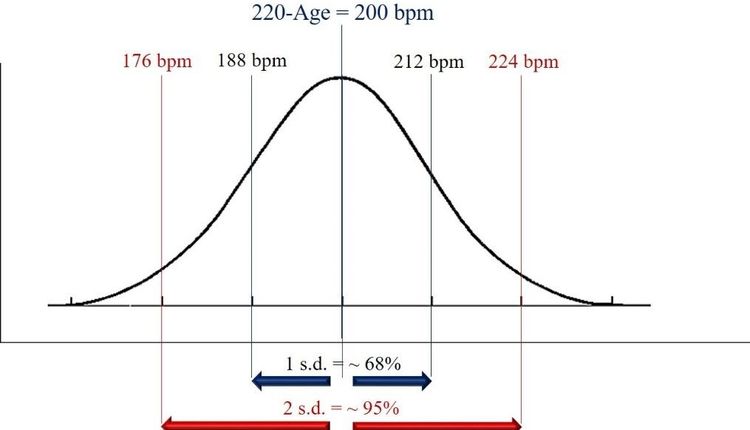Meet the latest dietary bad boy: gluten.
Gluten is a protein found in wheat, rye and barley. It causes some people serious health problems. But those people don't seem to be the only ones buying the gluten-free beer and brownies suddenly for sale everywhere. Consider:
Marketers estimate that 15% to 25% of consumers want gluten-free foods though doctors estimate just 1% have celiac disease, the best-defined and most severe form of gluten intolerance, says Cynthia Kupper, executive director of the non-profit Gluten Intolerance Group of North America (gluten.net).
When Oprah Winfrey undertook a "21-day cleanse" this summer, she eliminated meat, dairy, sugar, caffeine and gluten.
Gluten-free diets are catching on at colleges, says Dee Sandquist, a registered dietitian in Vancouver, Wash., and a spokeswoman for the American Dietetic Association.
"There is a fad aspect," says Kupper, who also is a registered dietitian. (Both Kupper and Sandquist have celiac disease.)
What can possibly be behind a fad that has college kids giving up pizza and bagels?
One answer is that true gluten intolerance, once thought rare, is getting overdue attention. In 2003, just 40,000 Americans had been diagnosed with celiac disease; today, it's 110,000 and, if everyone with the disease were diagnosed, it would be 3 million, says Alessio Fasano, medical director of the University of Maryland Center for Celiac Research in Baltimore.
Fasano and other researchers also believe that some people who don't have celiac disease an immune disorder detected through a blood test and intestinal biopsy do, nonetheless, have some gluten intolerance or sensitivity, causing symptoms ranging from bloating to rashes. (Note: Fasano is testing a pill that could allow affected people to eat gluten without symptoms; others also are testing medications.)
"If you say 'Gluten and I do not agree,' you may be right," Fasano says.
But many gluten shunners may have no real trouble with gluten, Sandquist says. Instead, they feel better because they consume fewer fast and processed foods, which tend to contain gluten. "They are eating more fruits and vegetables," she says, which is a good thing.
Another good thing: The trend has produced more gluten-free versions of foods the truly intolerant would otherwise have to give up.
"There are cereals, there are breads, there are pastas the difference is amazing," says Elaine Monarch, who was diagnosed with celiac disease in 1981 and founded the non-profit Celiac Disease Foundation (www.celiac.org).
But there are downsides:
Some people diagnosing themselves with gluten intolerance really have it but, by going on an unsupervised gluten-free diet, are masking the signs that would allow a doctor to get an exact diagnosis and look for related problems, such as fragile bones, says Peter Green, director of the Celiac Disease Center at Columbia University in New York.
Gluten avoiders may end up short on vitamins.
Gluten-free specialty foods are expensive.
A poorly planned gluten-free diet also can be fattening. Manufacturers aiming for a yummy wheat-free bagel or bread often rely on fat to replace gluten, Sandquist says.
Dietitians increasingly advise true sufferers to limit such substitutes and instead follow a "naturally gluten-free diet," Kupper says.
News release provided by USA Today. Visit www.USAtoday.com for more information.







